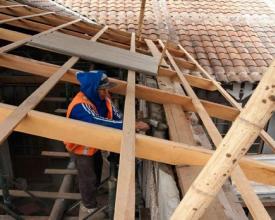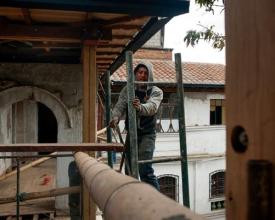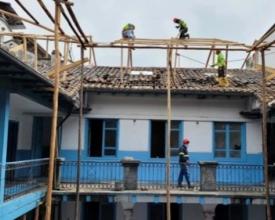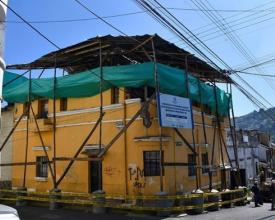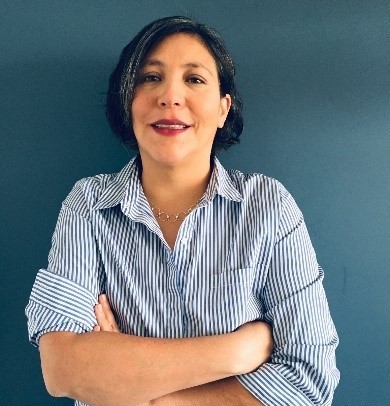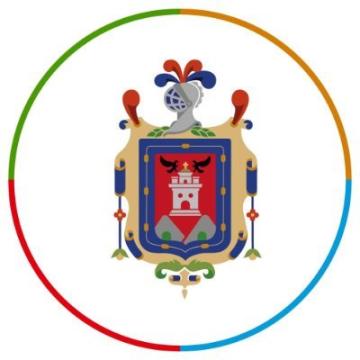
Incentives for the reduction of the vulnerability of heritage buildings in Quito, Ecuador
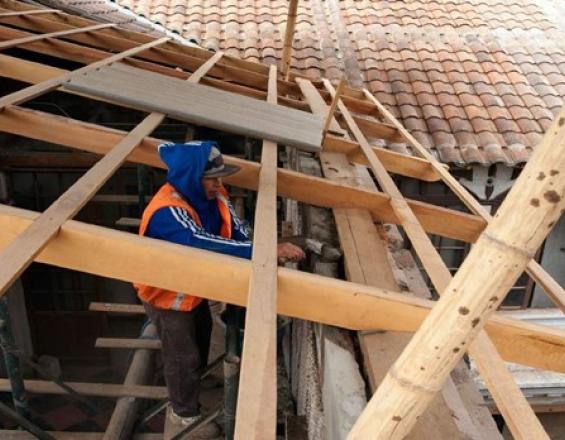
Over 50% of private properties in the World Heritage site of the City of Quito are facing conservation challenges. Because of restrictive laws, the lack of financial resources and knowledge on restoration techniques, the state of conservation of these buildings is progressively degrading.
The Metropolitan Institute of Heritage together with the local government has launched a program to provide financial incentives to restore and maintain buildings with heritage value providing owners with a 10-year loan that can be paid back without interests.
The program includes:
- Roof interventions: municipality covers up to $15000
- Restauration of facades: 50% covered by the municipality
- Maintenance (electrical and plumbing)
The program takes care of all paperwork, approvals, design, and execution of the restorations.
Properties with residential use are prioritized, but it is also for commercial buildings and they can be accessed simultaneously. Owners pay the difference of the investment of each restauration though yearly tributary taxes.
Impacts
- Through renovations and restoration work, the programme supports the improvement of the habitability of these buildings and it provides ground for owners and inhabitants to continue using these buildings for residential uses
- The programme has provided financial and technical support in improving the state of conservation of these historic buildings and houses, hence improving the state of conservation of the World Heritage site
- Reduction of the vulnerability of built heritage inside Quito through structural improvements and restorations.
- Restorations are made by qualified workers in order to preserve and maintain the authenticity of the materials and typology.It also introduces new techniques and technologies in restauration in order toadapt to actual conditions.
- In Quito since 2011, 279 houses and building have been restored through this program saving the buildings from total ruin.
- Promotes the reuse of abandoned edifications and theadaptation to new uses are done in a technical way so that the edification is not harm or destroyed by untechnical interventions.

